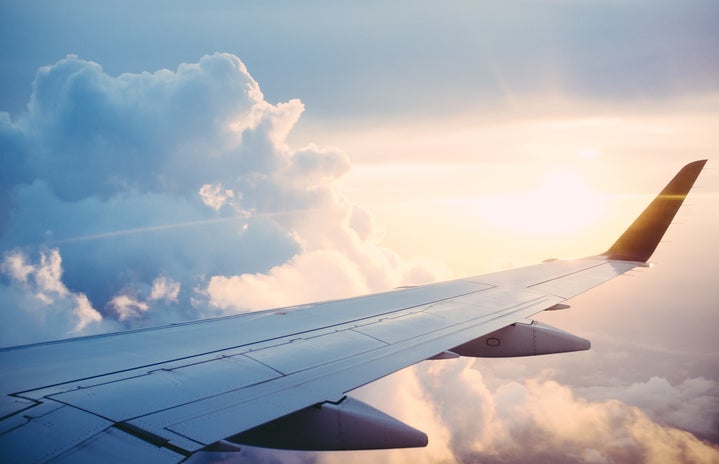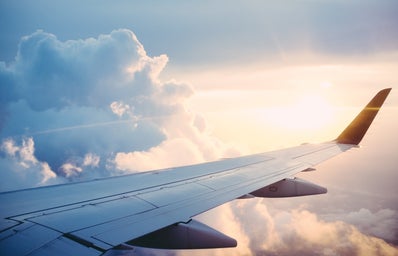Last month, another tragedy involving pets in airports occurred. The victim was a 4-year-old Golden Retriever dog named Joca. João Fantazzini, the owner, had purchased a ticket from Guarulhos (SP) to Sinop (MT) – where he intended to pick up the dog. However, Joca was mistakenly transported to Fortaleza (CE).
When João found out, he returned to Guarulhos. GOL, the airline responsible for the failure, then sent the animal back without any veterinary evaluation, food, or water. When the owner found the animal, Joca was deceased. The incident raises an alert to pet owners and airlines.
To prevent cases like this, Her Campus Casper Libero interviewed Maria Eduarda Oliveira, an airport agent at Guarulhos International Airport, who clarified some of the main rules for the safe transport of animals on airplanes.
THE MAIN RULES
It is essential to note that the rules may vary depending on the airline, travel route, species, and size of the animal being transported. From ticket purchases, it’s important to check what is the specific pet transportation information.
However, not all animals can be transported by planes. The most common ones are small domestic pets such as dogs, cats, and rabbits – these are transported in the cargo hold. Other animals should be transported by other means such as trains and ships.
The airport agent explains that it is necessary to have all documents on hand, such as a ticket, an up-to-date vaccination card, and a specific health certificate for this journey.
The health certificate is issued by a veterinarian registered with the Regional Council of Veterinary Medicine (CRMV). For the movement of any other animals, an Animal Transit Guide (GTA) is required.
In the case of wild species, it is also necessary to prove that the animal was legally acquired, by presenting the purchase invoice issued by a breeder or wildlife trader duly authorized by the competent environmental agency. In the absence of this document, a transportation license issued by the competent environmental agency must be presented.
The general rule is that they travel in a specific box (known as a “kennel”) for animal transportation on flights and must remain inside the box throughout the flight. As one of the rules requested by the airlines, animals must be clean, so it is recommended to bathe and trim the animal’s nails the day before the trip.
“A few days before the trip, try to get your pet used to entering the transportation box, leaving the door open so that they can get to know it and not be startled,” explained the agent.
It is important to feed your pet with light food up to 3 hours before boarding to avoid nausea. It is emphasized that every care with the pet is essential because they are very sensitive and are not familiar with travel like us.
We sympathize with the suffering and express condolences to Joca’s owners and family. We hope that justice will be served and that measures will be taken to ensure the safety and well-being of pets during air travel in the future.
The article above was edited by Larissa Buzon.
Liked this type of content? Check Her Campus Cásper Líbero home page for more.


